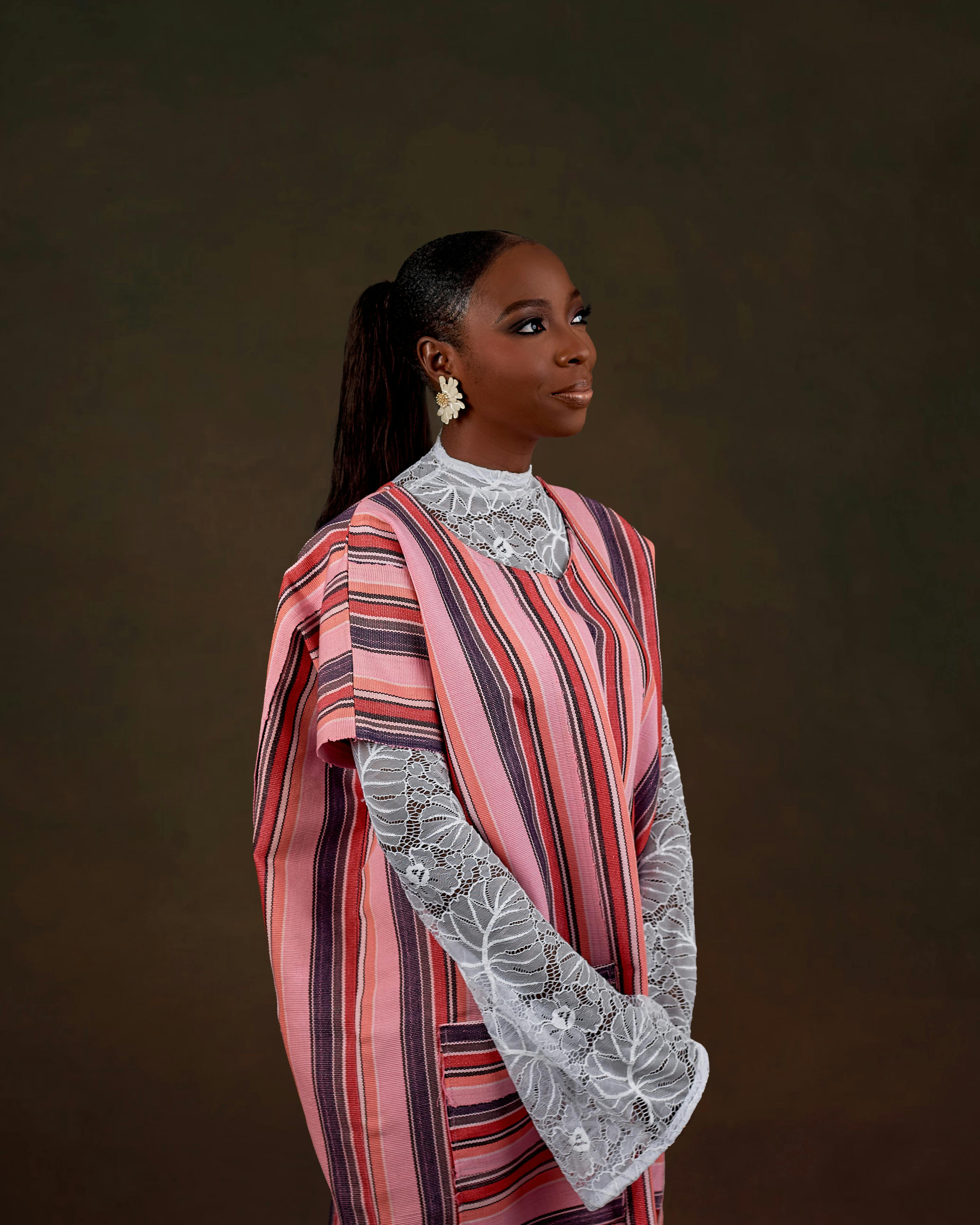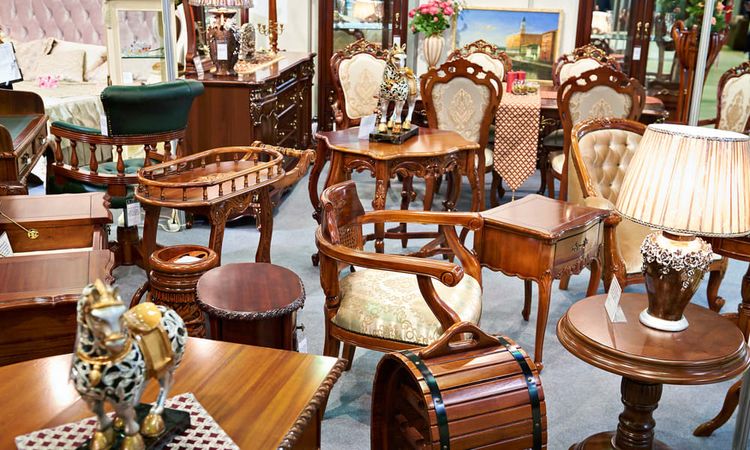Wigs for Older Black Women: Practical Guide to Fit, Texture, Color and Care
Finding a wig that respects natural texture, looks age-appropriate, and feels comfortable all day can be challenging. This guide explains how to choose cap construction, get the right fit, blend gray gracefully, and care for both the unit and your scalp so your style feels effortless and lasts longer.

Choosing a wig becomes easier when you focus on the essentials: texture that complements your features, a cap that feels secure without pressure, color that flatters undertone and gray growth, and a routine that protects both the unit and your scalp. The goal is a look that aligns with your lifestyle and feels natural from morning to evening.
Choosing the Right Texture and Style for Mature Hair
Texture drives realism. For many older Black women, fibers that mimic natural patterns—kinky curly, coily, kinky straight (yaki), or relaxed straight—tend to blend seamlessly with edges and sideburns. If you prefer low-maintenance styling, consider shoulder-length or shorter cuts to reduce tangling and friction on collars. Moderate density (about medium rather than very thick) often looks more natural with mature features and is lighter on the head. Face-framing layers soften the hairline, and a soft side part can lift the face subtly without heavy volume.
When matching to your leave-out, place a small section of your own hair at the front and choose textures that mirror it closely. If you’re fully covering your hair, a texture that aligns with your preferred daily look—twist-out curls, soft waves, or silky press—will still appear realistic as long as density and length remain balanced.
Cap Construction, Fit and Comfort
Cap design affects breathability and hairline realism. Wefted (open-cap) styles are lightweight and budget-friendly, while lace-front designs create natural hairlines for off-the-face styling. Monofilament or hand-tied crowns allow multidirectional parting and can feel softer on sensitive scalps. For extra security without tension, look for adjustable straps, ear tabs, and elastic bands; use combs sparingly to protect edges.
Measure your head for accurate sizing: circumference, ear-to-ear, and front-to-nape. A correct fit should feel snug, not tight, and should sit just in front of the natural hairline. If you have a sensitive scalp or thinning at the temples, consider a silicone-lined cap or a non-slip wig grip under the unit to reduce sliding. Adhesives and tapes can help with lace fronts; always patch-test removers and avoid tugging when taking the unit off.
Color Choices and Blending Gray
Color shapes how refined and believable a wig appears. Extremely dark jet-black shades can read flat; many people prefer off-black or dark brown for a softer effect. To harmonize with graying hair, look for salt-and-pepper blends (for example, subtle 10–30% gray through the top) or add lowlights close to your natural tone so regrowth transitions smoothly. If your edges are gray, a lace-front with softly blended temples helps the hairline look convincing.
Consider undertone: cool complexions often suit ash or neutral browns and grays, while warm undertones may prefer chestnut, espresso with warm hints, or silver with a slight beige cast. Highlights should be fine and strategic—face-framing brightness can add dimension without overwhelming the style. If you’re unsure, start a shade lighter than your natural color; lighter tones around the face can be especially flattering.
Care and Maintenance for Longevity and Scalp Health
A consistent routine preserves both the wig and your scalp. For synthetic units, wash roughly every 8–10 wears (more often in hot, humid weather). Use wig-safe shampoo, rinse cool, and let air-dry on a stand away from direct sun. Avoid hot tools unless the fiber is explicitly heat-friendly, and even then, keep temperatures low. For human hair wigs, cleanse every 6–8 wears with sulfate-free products, condition mid-lengths to ends, and minimize heavy oils that attract dust.
Detangle gently from tips to roots with a wide-tooth comb. Store on a stand to maintain shape and reduce friction. Under the wig, keep your natural hair clean and dry; a thin, breathable cap or satin/silk liner can reduce rubbing and protect edges. If you use adhesive, remove it with a recommended solvent, then cleanse the skin to prevent buildup. These care and maintenance steps support longevity and help maintain scalp health over time.
Styling Tips, Accessories and When to See a Professional
Heatless techniques—foam rollers, flexi rods, or overnight braiding—refresh curl patterns without stress on fibers. To refine the look, ask a stylist experienced with textured units to tailor the cut, thin bulk where needed, or soften layers around the face. Headbands, scarves, and satin-lined caps offer quick style changes while protecting fibers. If you like part versatility, a mono-part or full monofilament top makes subtle restyling easier.
Seek professional guidance from local services if you struggle with slippage, pressure points, or recurring irritation. A fitter can adjust straps or suggest alternative cap constructions. For persistent scalp itch, flaking, or hairline breakage, consult a qualified dermatologist or trichologist for individualized care. If you experience frequent headaches, reassess size, weight, and density; lighter units or shorter lengths reduce strain.
Cap Construction, Fit and Comfort: Extra Considerations
Lifestyle matters. For warm climates or active days, prioritize breathable caps and shorter lengths to limit tangling at the nape. If you wear glasses, check that ear tabs don’t collide with frames. For partial coverage or thinning areas, toppers can add volume without full coverage, and they’re lighter than many full-cap styles. When you want the most realistic hairline for updos, a well-fitted lace front or full lace (with proper application and removal) provides flexibility while maintaining comfort.
Conclusion
Choosing a wig that suits mature features comes down to aligning texture, density, and length with your daily routine, selecting a cap that fits securely and breathes, and finding color that respects undertone and evolving gray. With thoughtful care and gentle styling habits, you can protect scalp health and extend the life of your unit while achieving a polished, natural-looking result.




